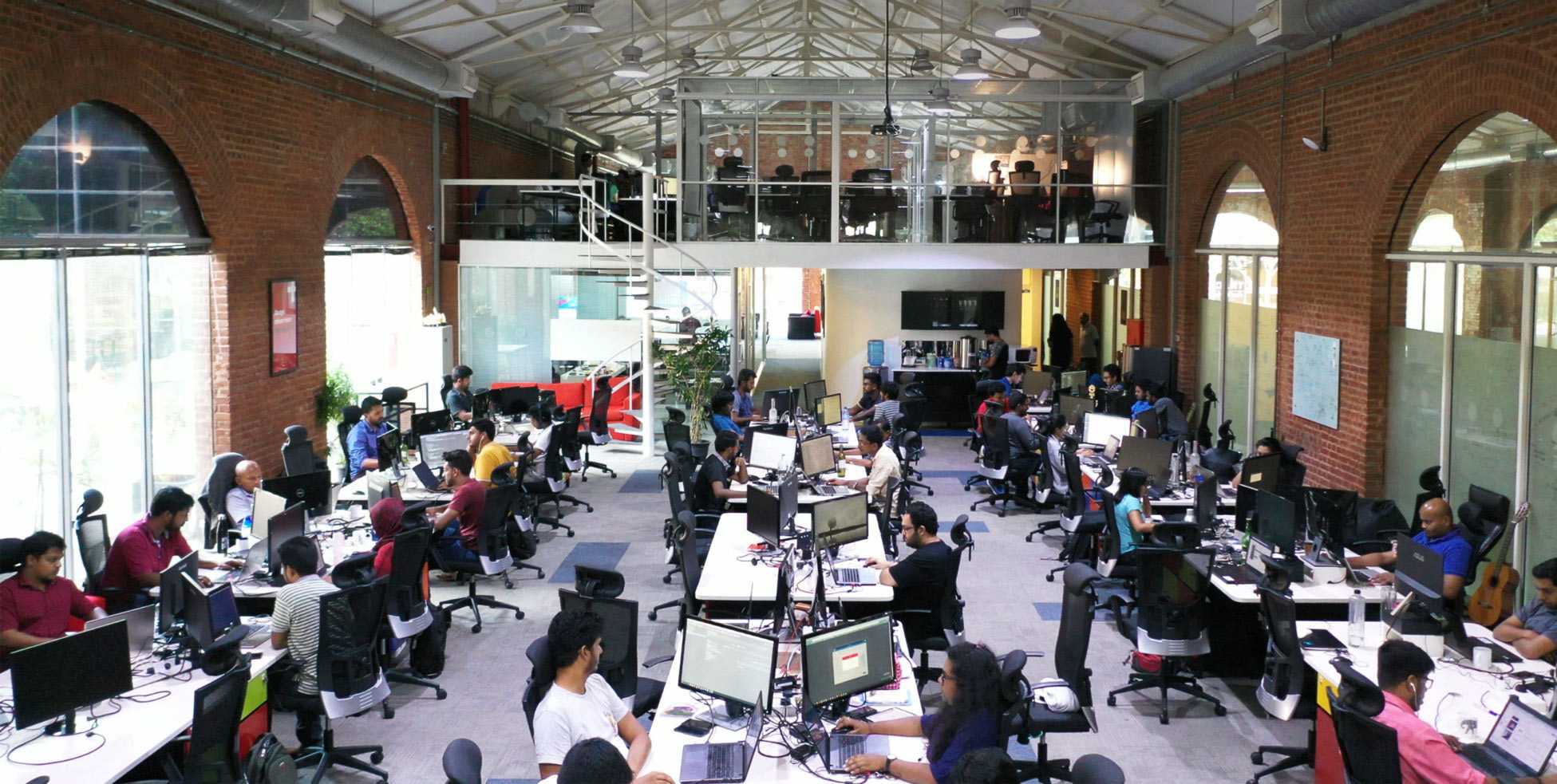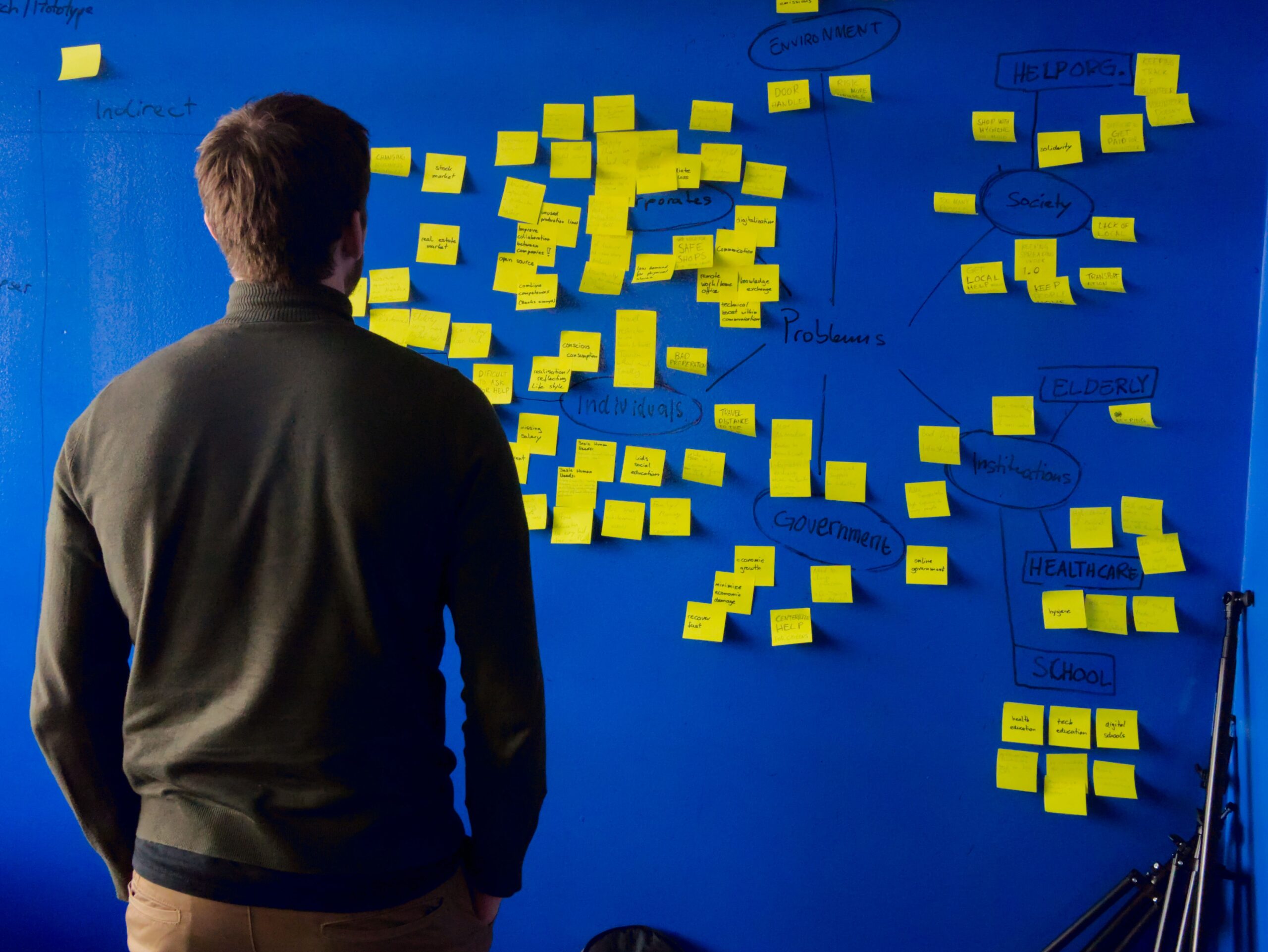It’s not a secret that social media is an important part of any company’s marketing today. But how do you make best use of it as a services company? Because let’s be real; services are not as sexy and easy to show off on social media as beautiful products. So how can services companies use social media in a successful way?
This is something we’ve been thinking about a lot lately at Calcey – and here’s a few ideas that we found useful.
Less is more..
In this’ day and age there are a lot of different social media platforms, but you shouldn’t be seen on all of them.
As a services company, where you don’t have a product to showcase, it’s even more important to choose the right platforms to reach the right people. Choose the networks where you target audience has a strong presence and focus on those.
Understanding and providing value to your target Audience
In order to maximize your reach and impact, you need to be able to identify where your target audience spends their time and focus on these networks. Get an understanding of what kind of content your audience is interested in, and share yours with that in mind. Creating and sharing the right content will generate a wider reach through likes, comments and shares from your followers.
Give your audience valuable content they appreciate and you will generate buzz that translates back to your organisation; a win-win!
The Purpose
Start off by considering the purpose of your presence on social media (and of course there can be a different purpose for different networks). Is it to reach out to potential clients? Is it to recruit for your company? Improve your corporate image? Forge relationships with your current clients? The purpose you set down (maybe for each social media platform) will determine the kind of content you should share.
If you choose a network to recruit personnel for your organisation, a good place to start is to share content and stories that showcases everyday life and fun activities that takes place at your workplace, or stories covering what great experiences your co-workers have every day at the office, a “behind the scenes” segment for an example. This creates a positive first impression which encourages prospective employees to find out more about the company.
Be active and share knowledge
It is important to be consistently active and contribute to discussions social media. This isn’t limited to posting own-content (which in itself is very important), but you should also engage with other people’s content. Like, comment and answer questions posted by others. When you engage in other people’s content you generate a greater reach for your brand.
As a services company, you don’t have a tangible ‘product’ that you can show-off in straightforward manner, so you’ll have to earn people’s trust in other ways. Sharing your knowledge and expertise is a good way to do that, and social media is the best place for it. If you see someone asking a question in your area of expertise, make sure to always answer. This will help you show people that you are an expert at what you do. Blog posts, videos showing your company culture, infrastructure etc. are also good for building credibility.
Provide your audience with what they want to see
Way too many organisations use their social media too directly to market their services. Using it solely to promote your “amazing and outstanding” services is not necessarily positive. Your audience might grow tired of your endless spam promotional content; don’t become one of THOSE organisations.
Publish content that has value to your audience. Give advice and inspire! This creates a sense of trust in you and your organisation, and as mentioned before – your content will have far greater reach through likes, comments, and shares if your content speaks to your audience.
Analyse and be patient!
A crucial part of social media is to analyse the data from your content. There are a lot of tools out there for this. However, you can simply use the analytics tools/dashboard provided by the social media platforms themselves, and they are usually the best way to go, when you’re starting out!
Analyse what content generates buzz and what does not, which should guide you towards creating the content that your audience appreciates (sounds easy right?). But be patient! It may take a while in order to recognise patterns of what works and what doesn’t.
These are just a few ideas we are trying to implement right now with our social media strategy. Comment and let us know what has worked for you!













